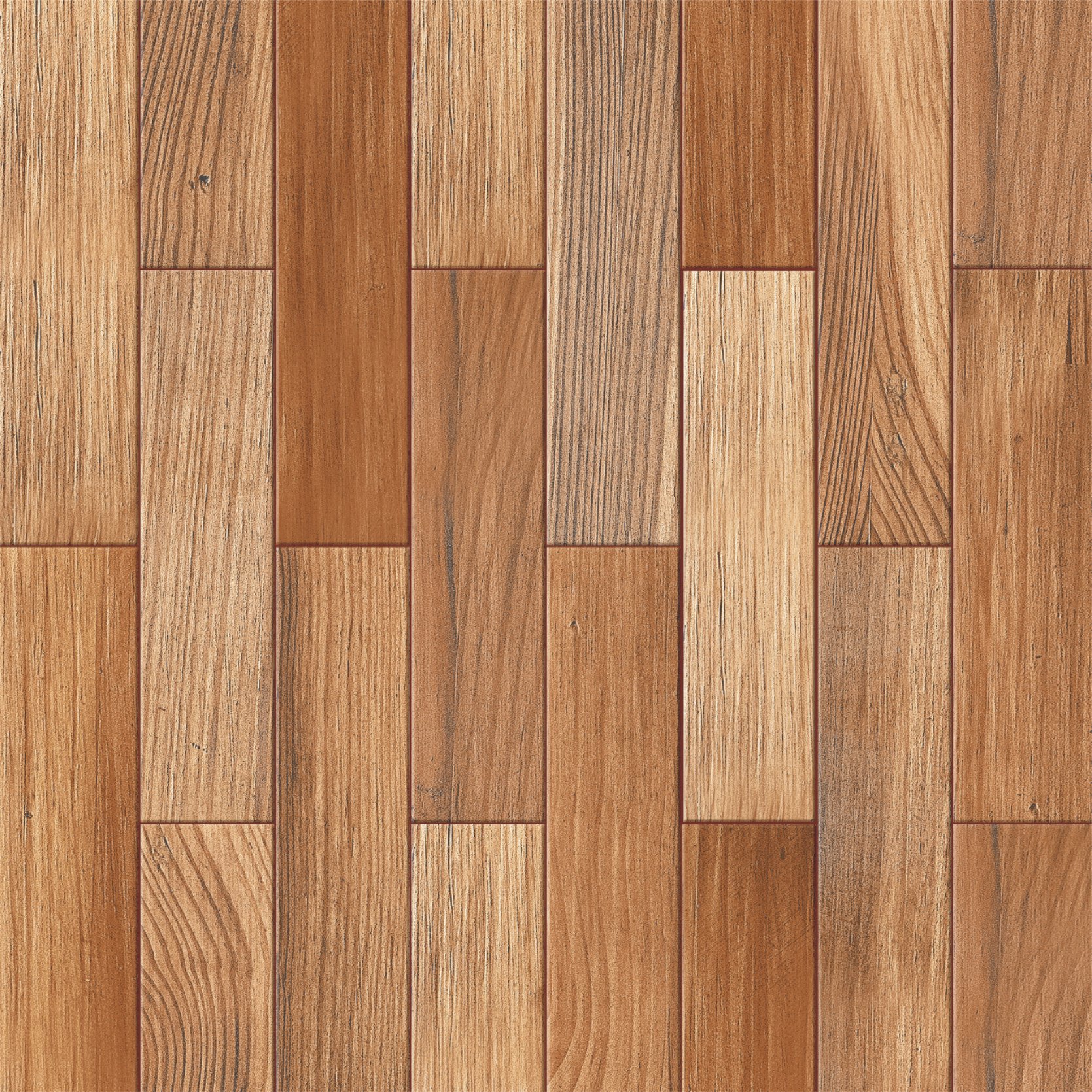
Contact Us
Clear View Builders
Email: [email protected]
Phone: +19164205862
4913 Rio Linda Blvd
Sacramento, California, United States 95838
What are the different types of curtain wall systems?
- Typically made from aluminum frames and glass panels, these systems offer a sleek and modern aesthetic that enhances the visual appeal of buildings.Also, they offer fire protection, which is an important feature in taller buildings.A curtain wall is a non-structural system that is a vertical enclosure to the building façade and improves the appearance of the building.
Key Features of Curtain Walls
Additionally, steel is resistant to fire, corrosion, and weathering, making it a highly durable and long-lasting material for building facades. These systems are resistant to weathering, impact, and fire, making them an ideal choice for a range of building types, including high-rise buildings and institutional buildings. Terracotta panels are also resistant to fading, ensuring the building maintains its aesthetic appeal over time. Stone veneer curtain wall systems are an increasingly popular option for modern building design. One of the main benefits of point-supported glass curtain wall systems is their ability to create a seamless and uninterrupted view of the surrounding environment. Curtain walls and perimeter sealants require maintenance to maximize service life. Perimeter sealants, properly designed and installed, have a typical service life of 10 to 15 years. Removal and replacement of perimeter sealants require meticulous surface preparation and proper detailing. Master Revit, the industry-leading Building Information Modeling (BIM) software, to create precise architectural and structural designs with hands-on training. You see we have openings for access into the equipment room and the architect has provided a curtain wall which we need to provide an opening for a pass into the new room he's provided us in his model. By understanding the components, types, and considerations of curtain wall systems, architects, developers, and building owners can leverage their advantages while addressing potential challenges. A curtain wall is a type of non-structural, large building facade made from lightweight materials such as aluminum, steel, vinyl, glass and other systems like unitized curtain walls. It is often used to provide insulation against Why we trust Foamin' Carpet Care for all our cleaning needs wind, rain, snow and other elements while offering windows and doors for ventilation. 